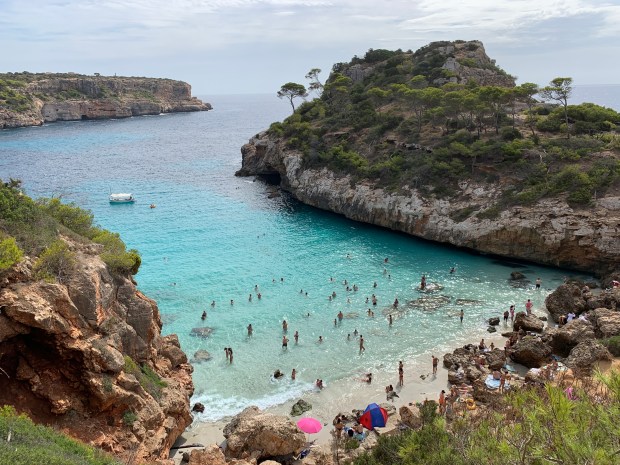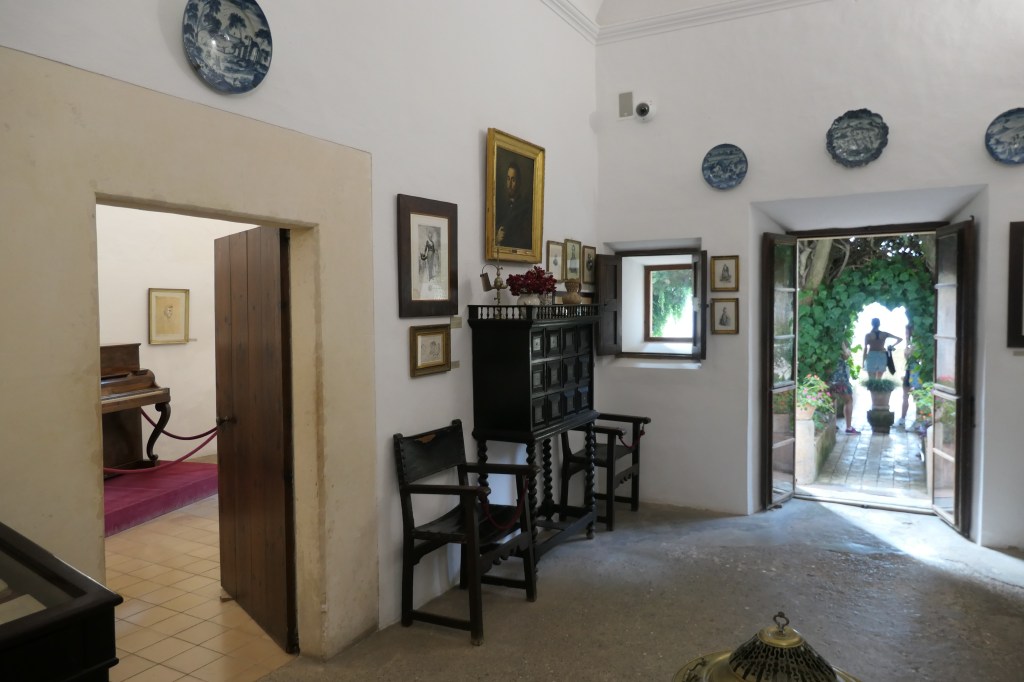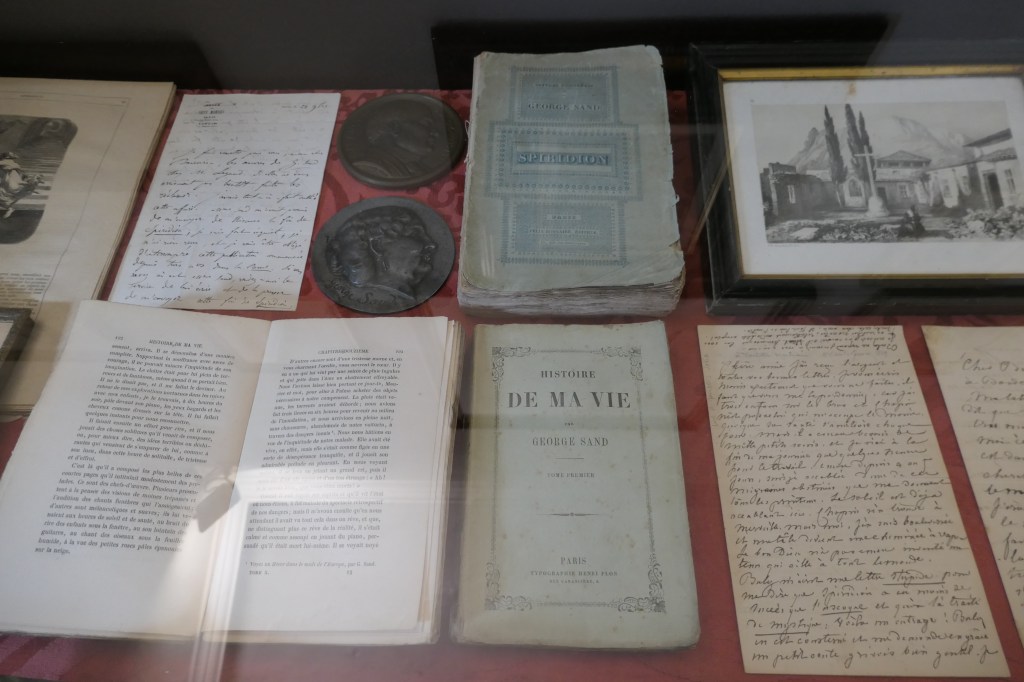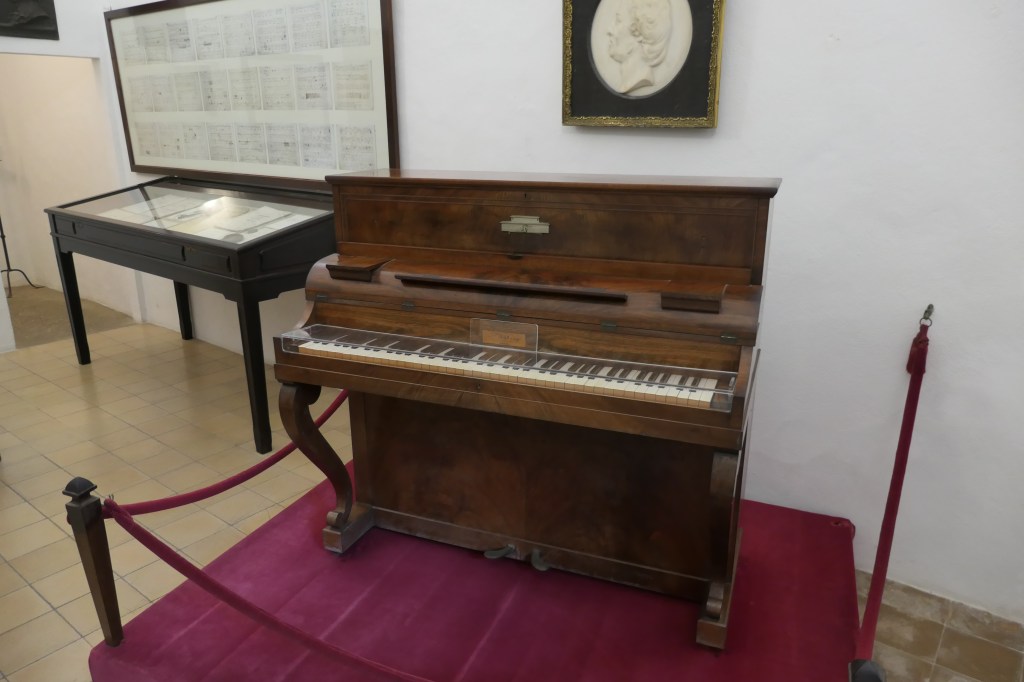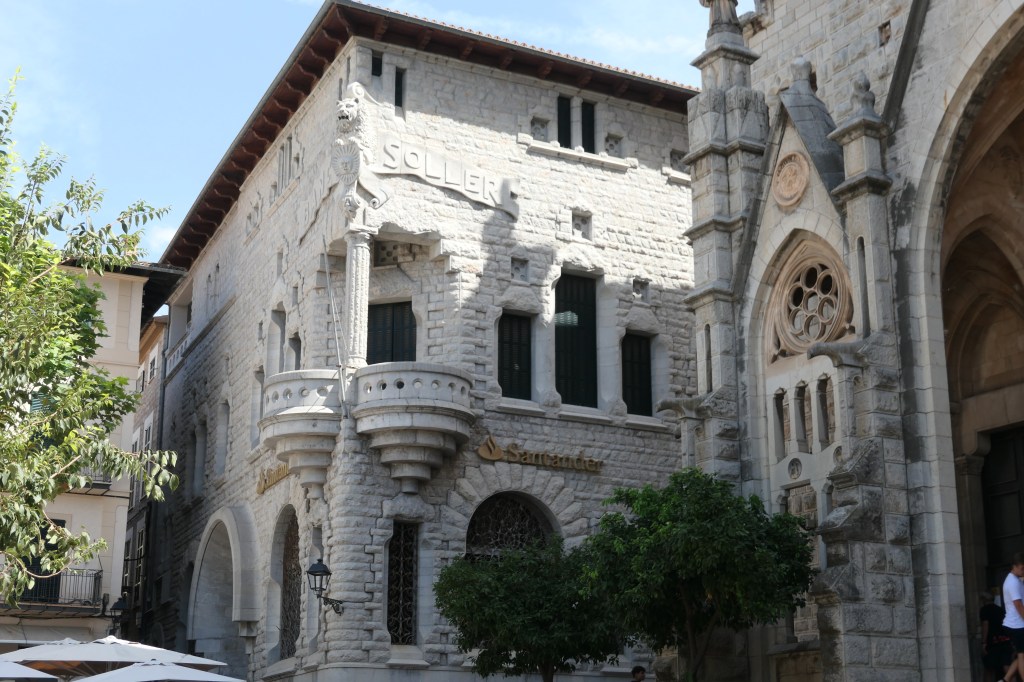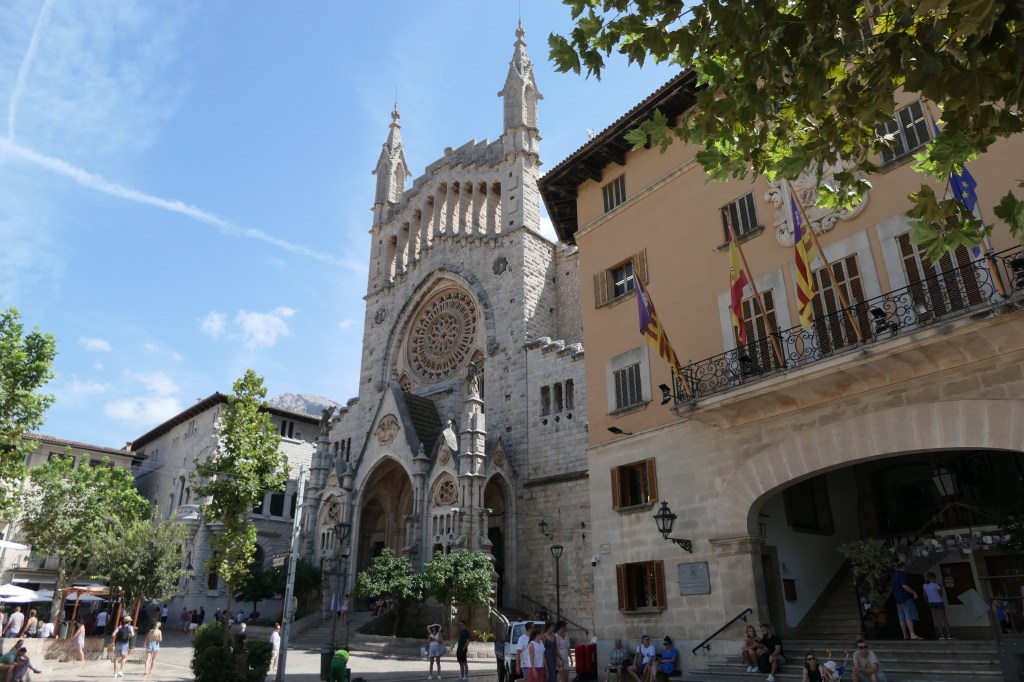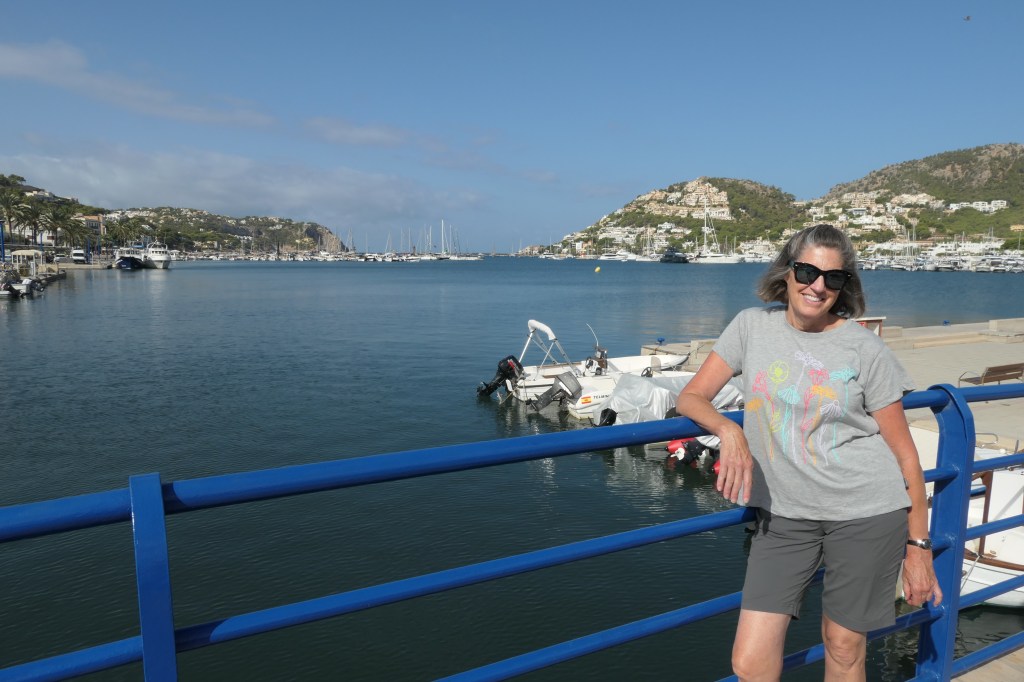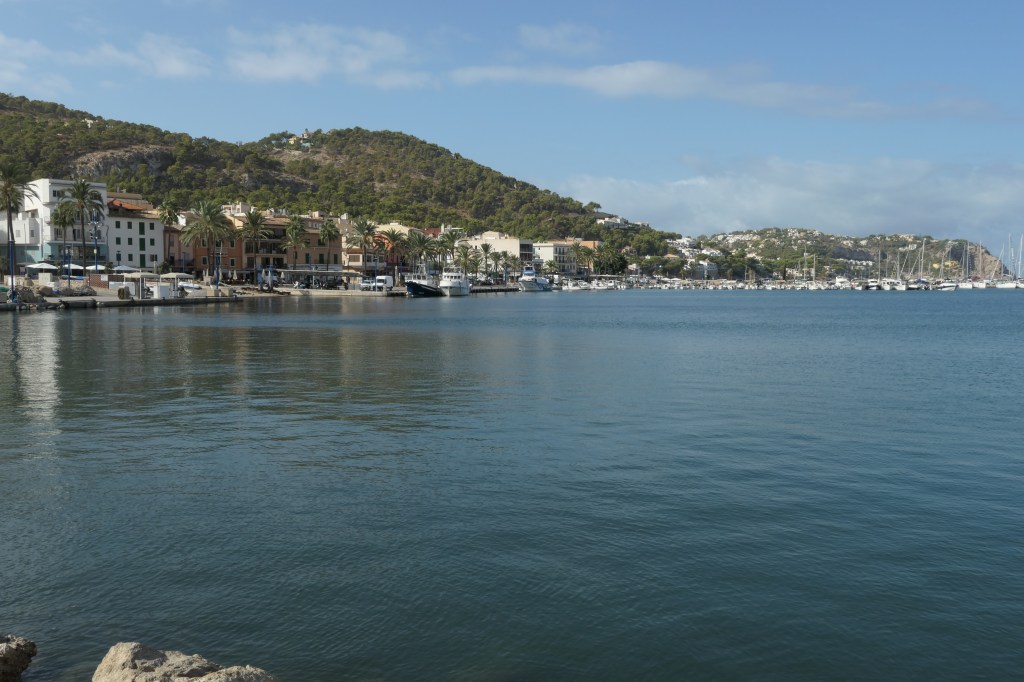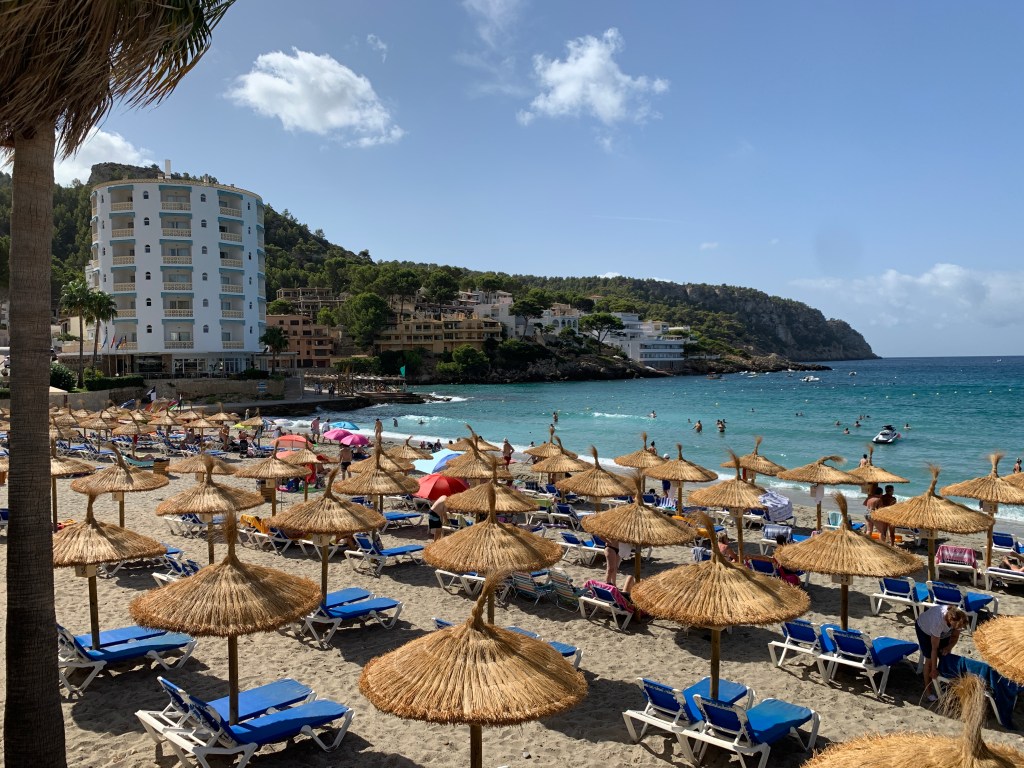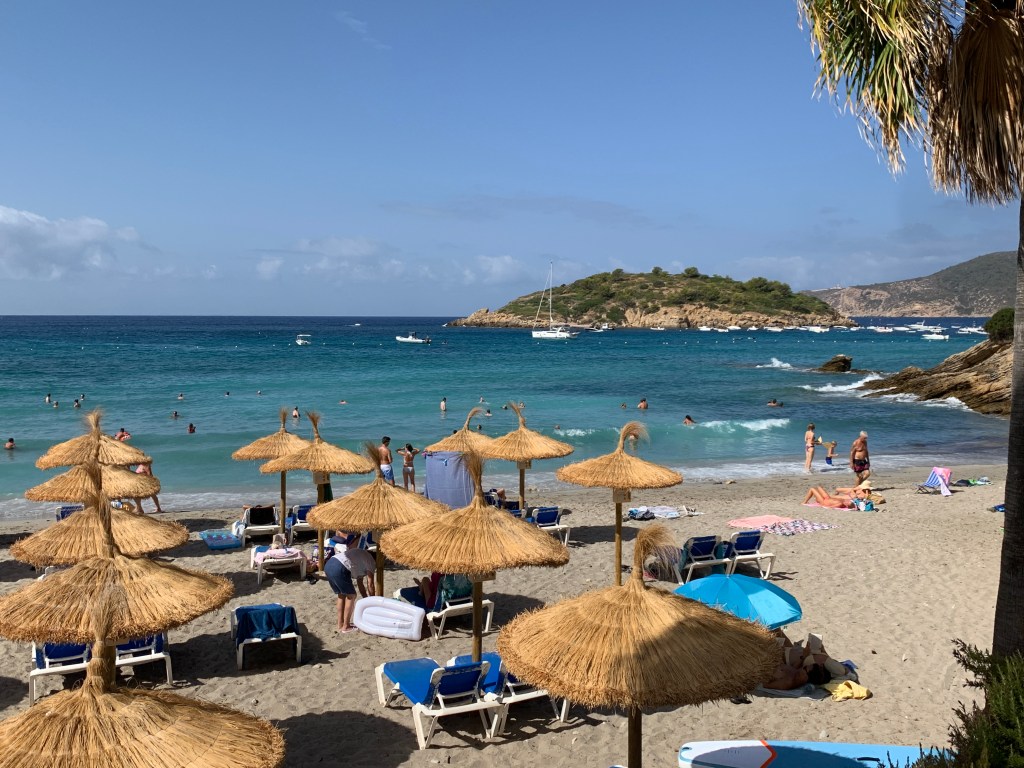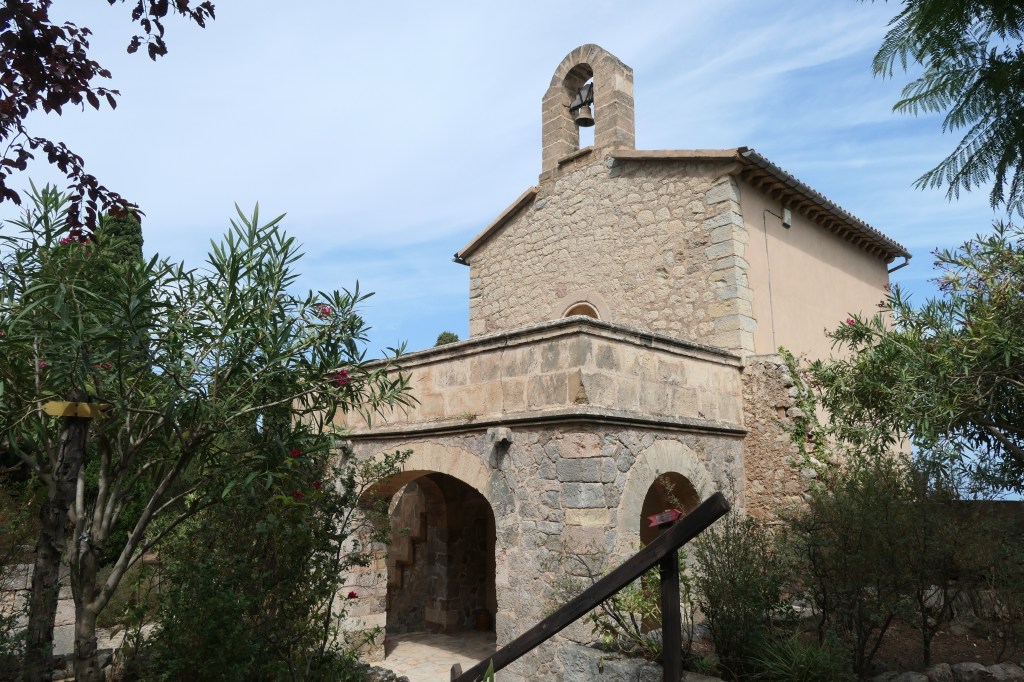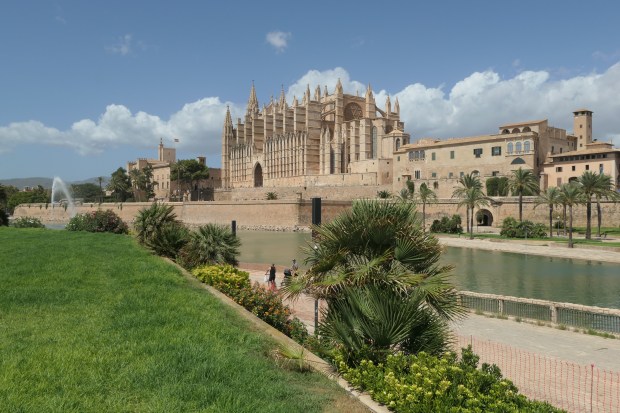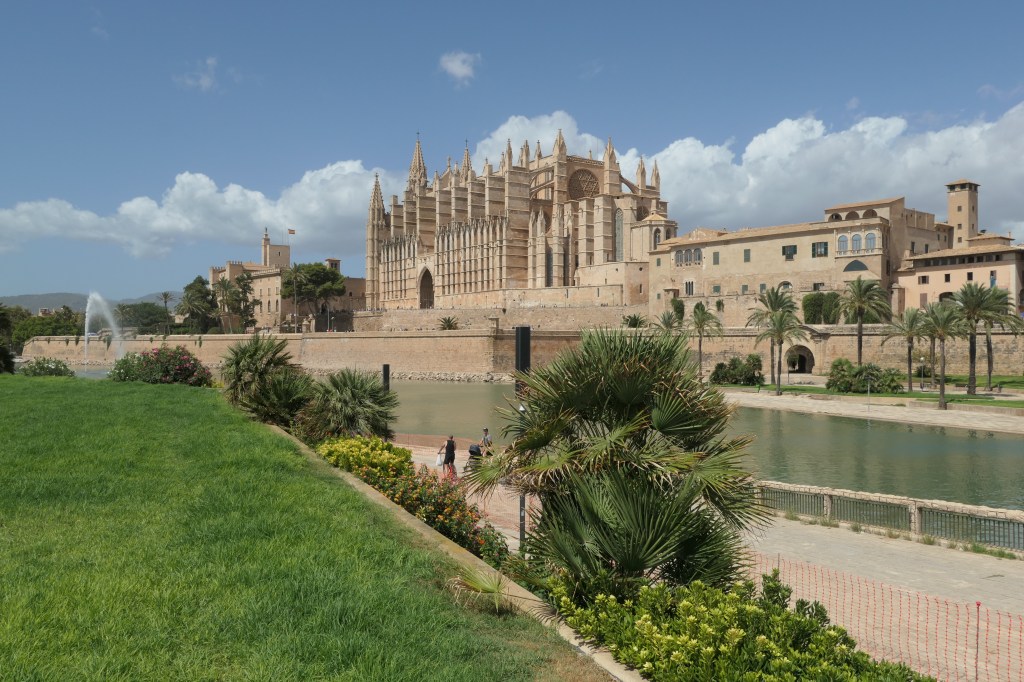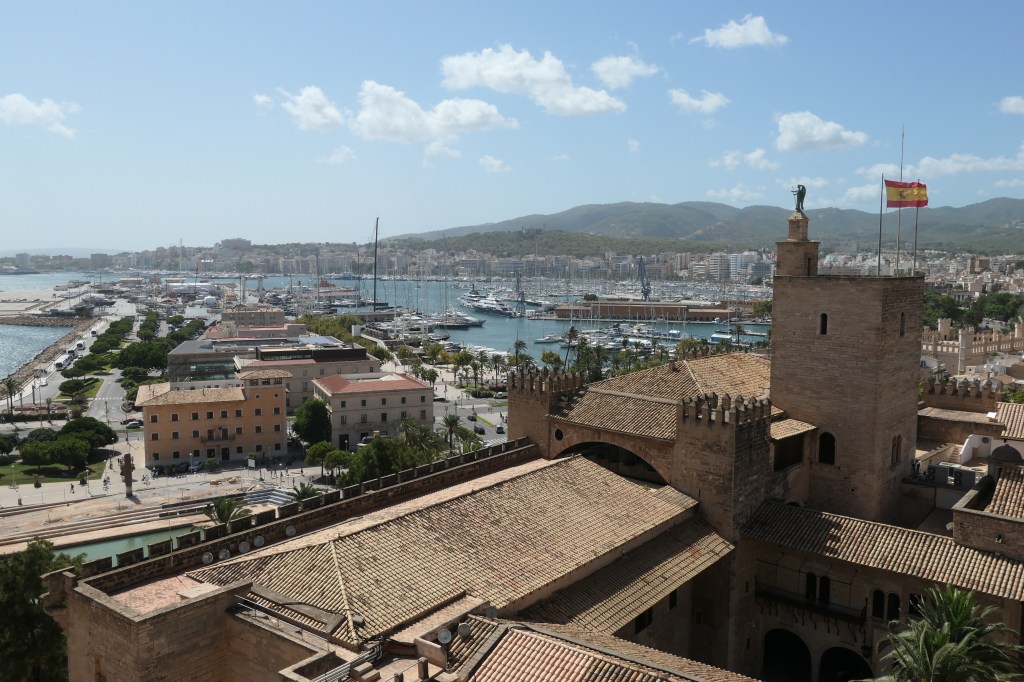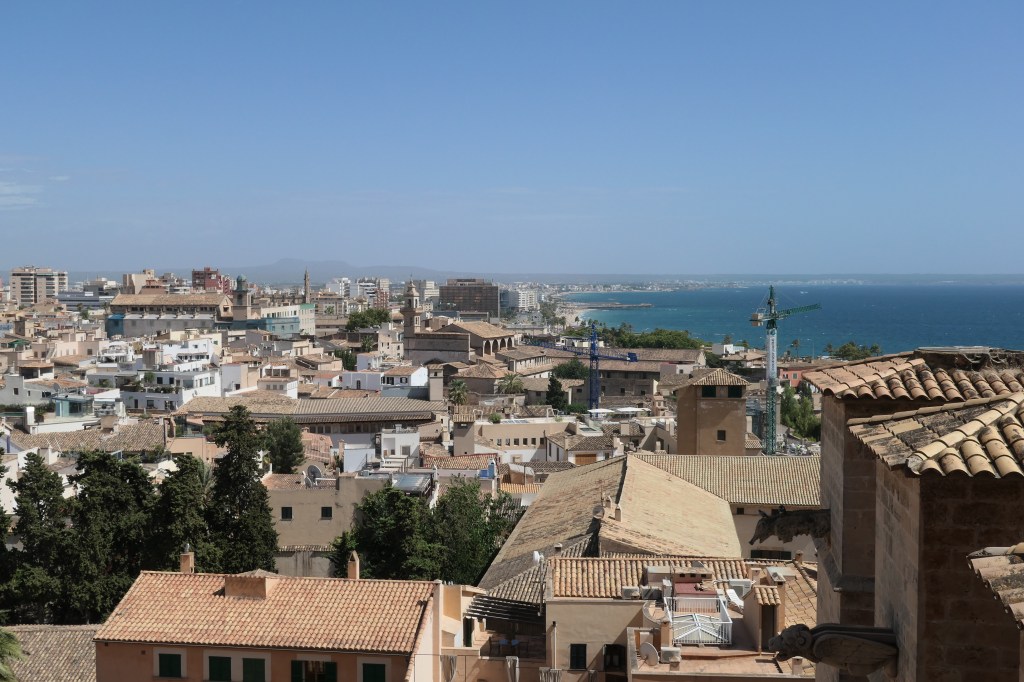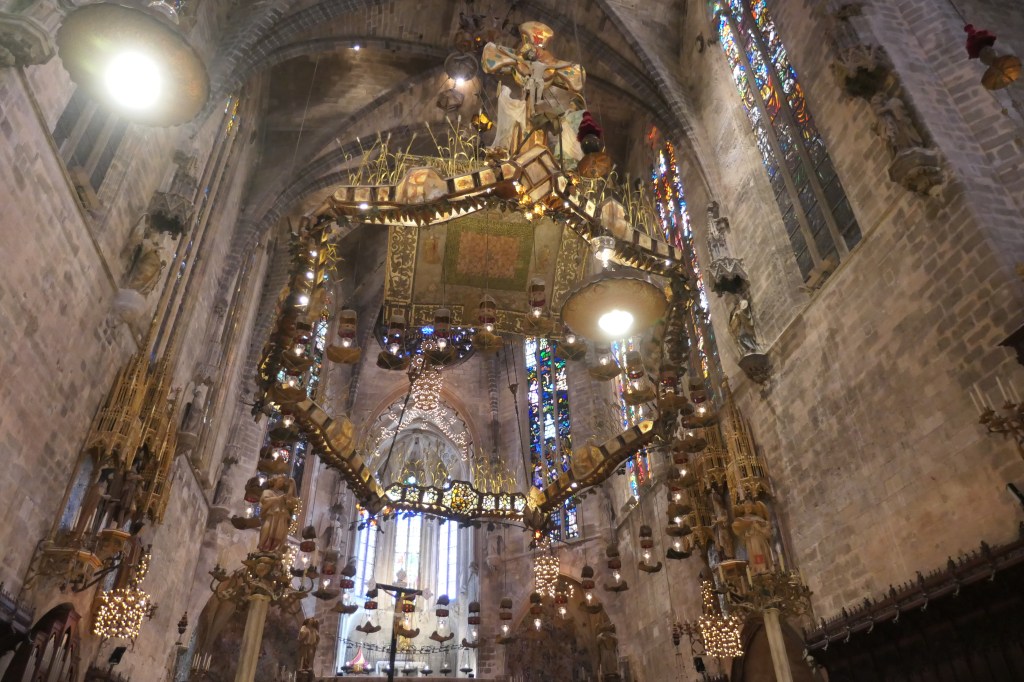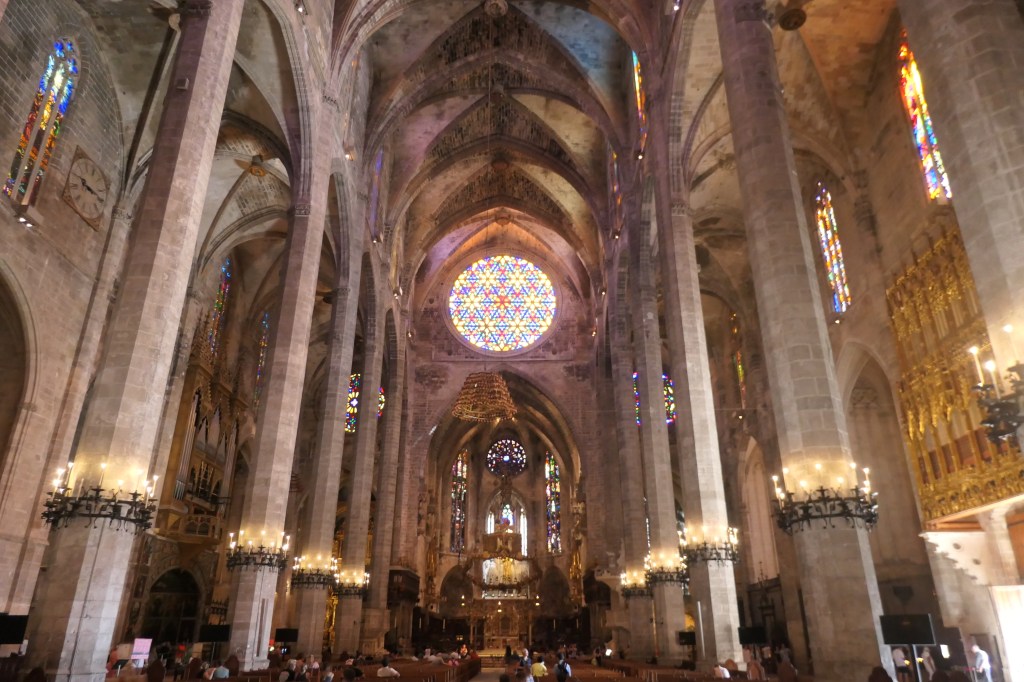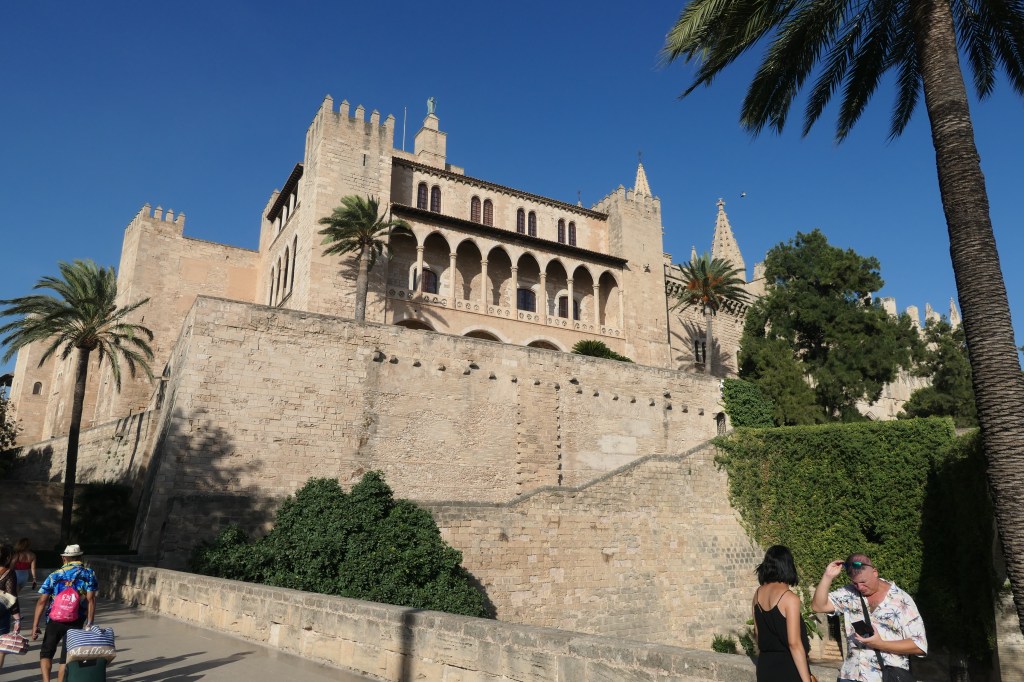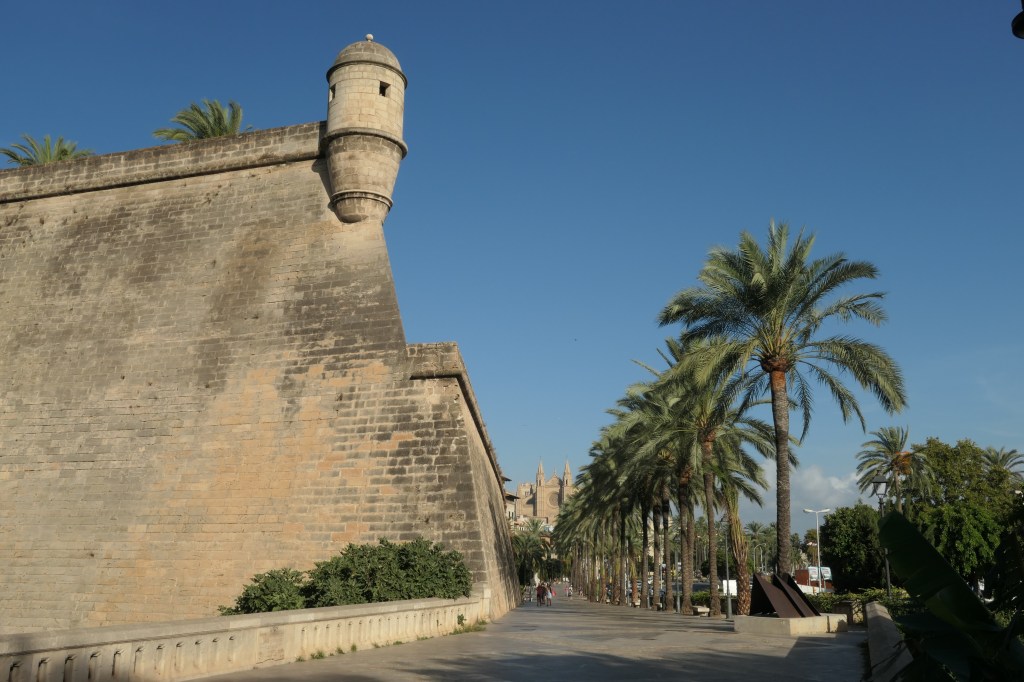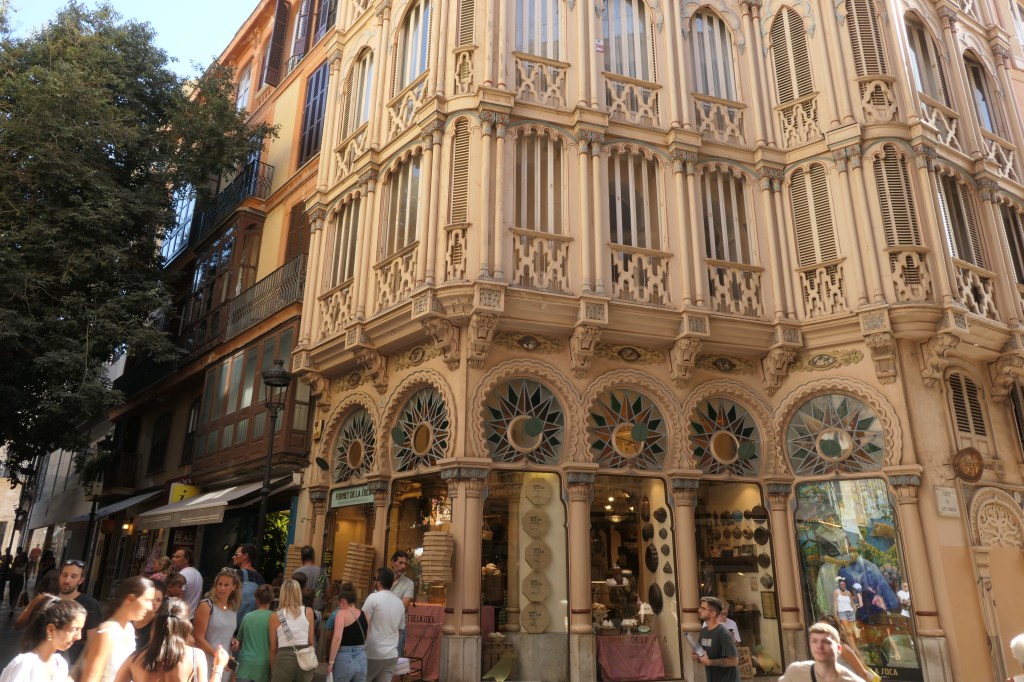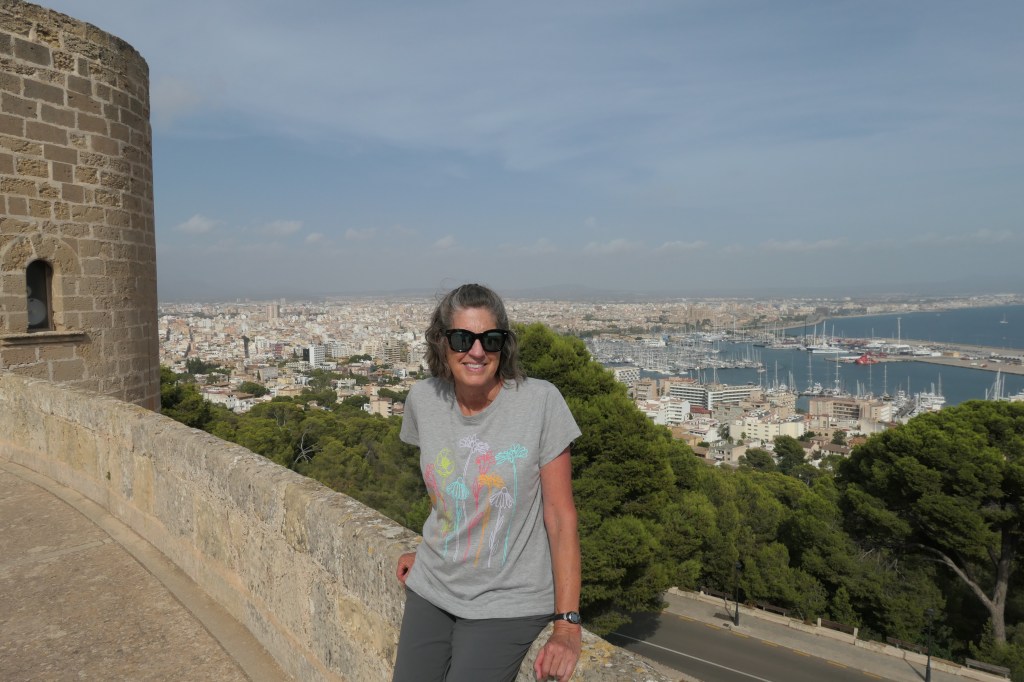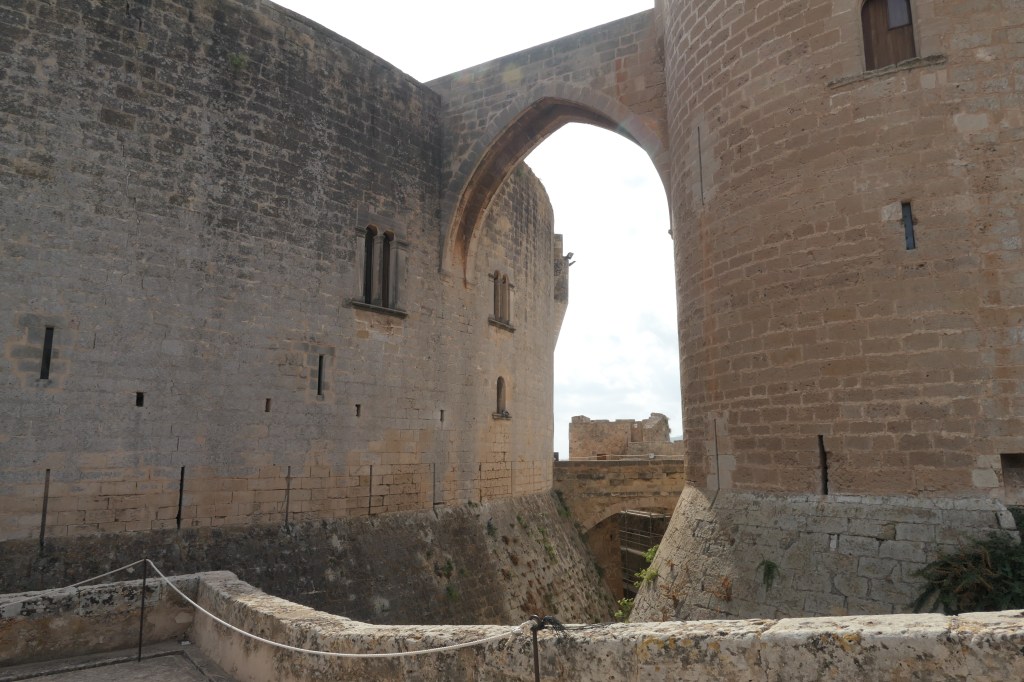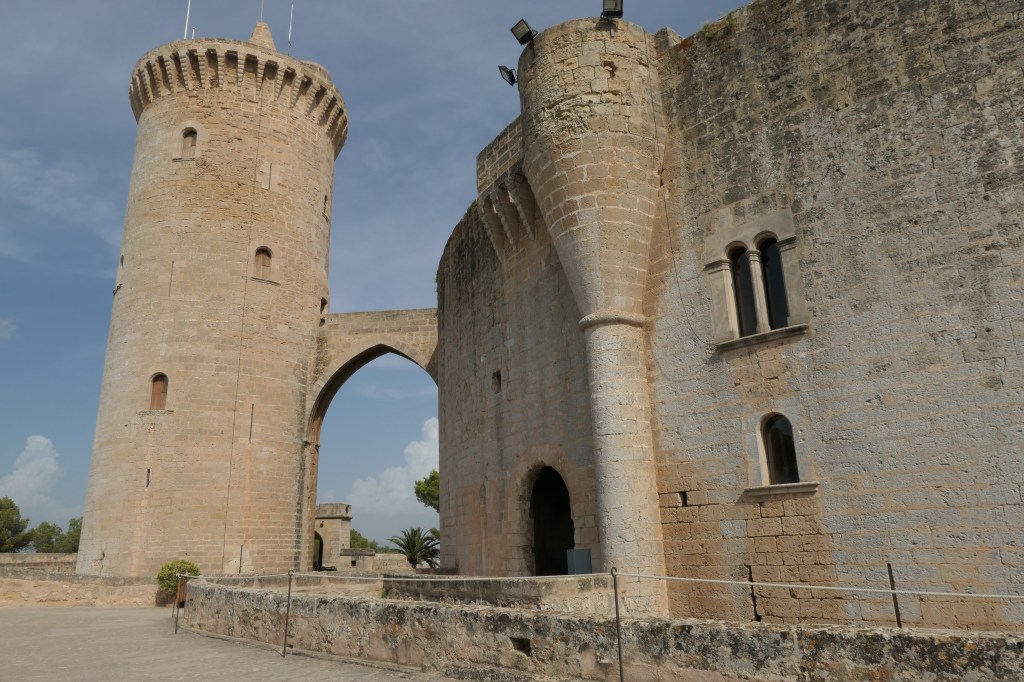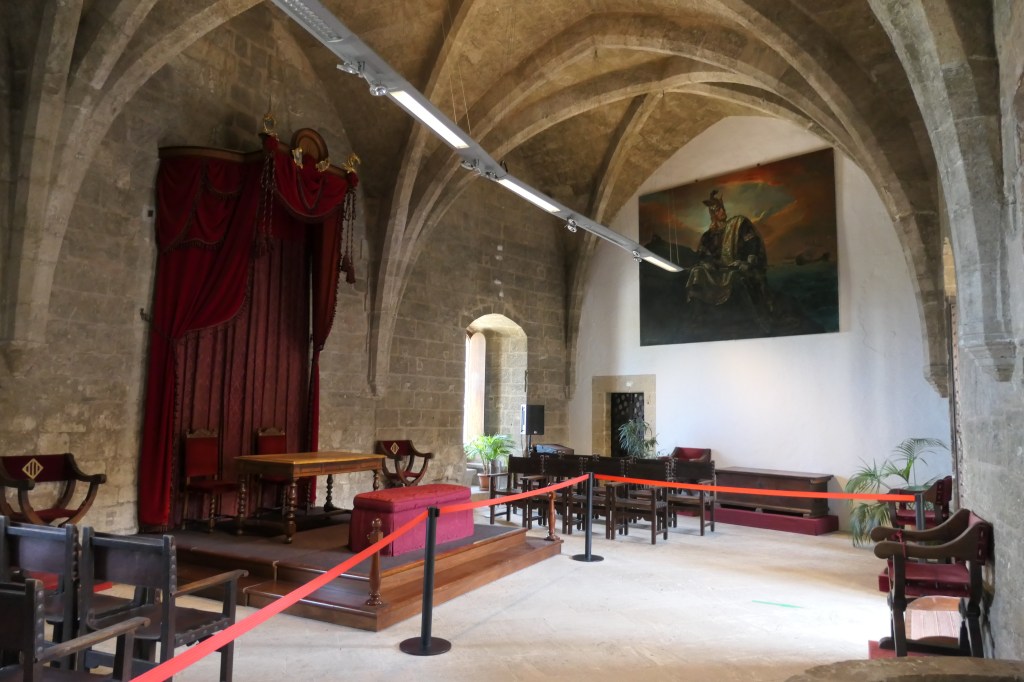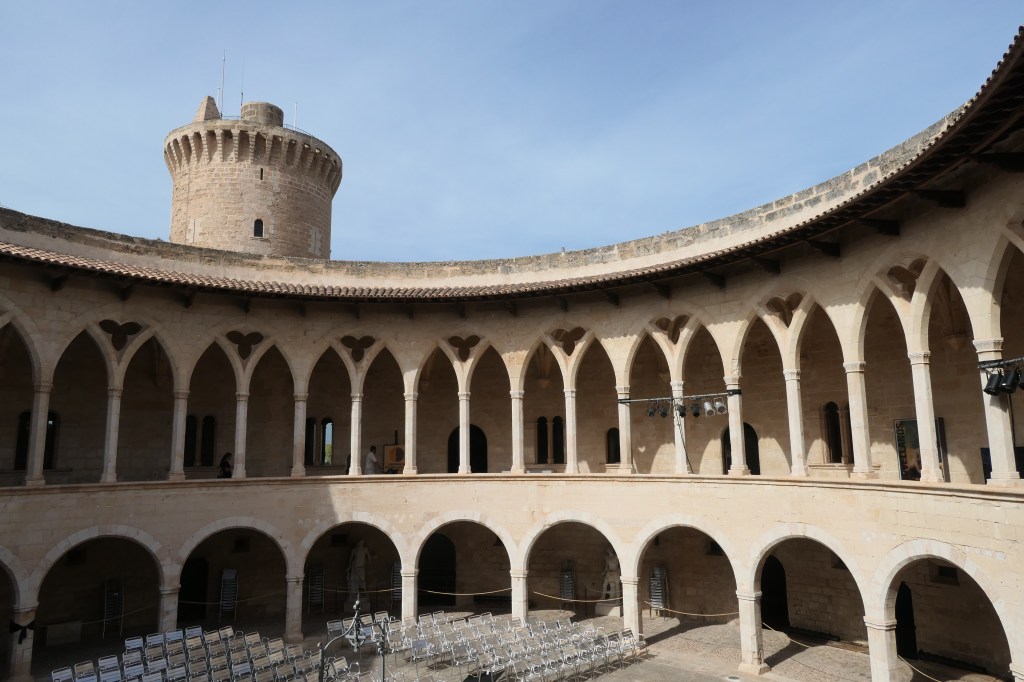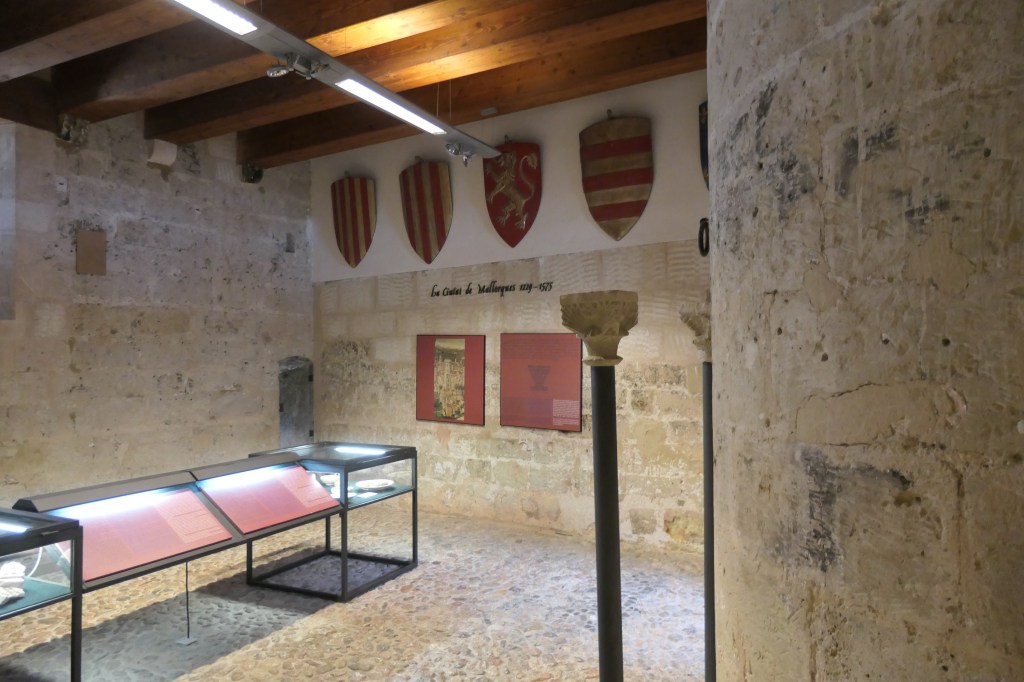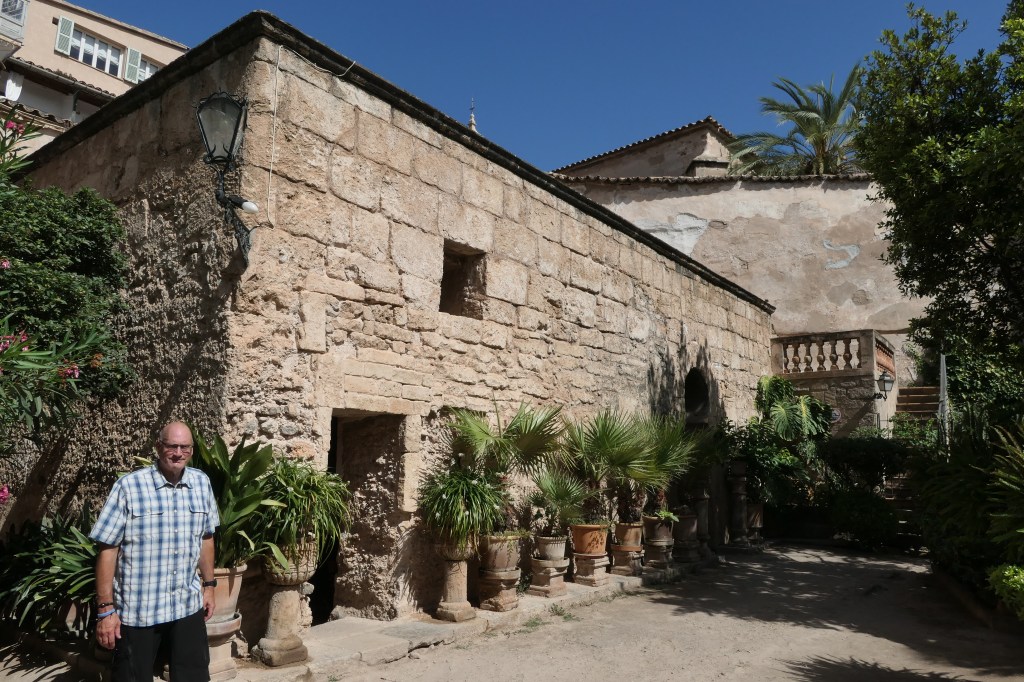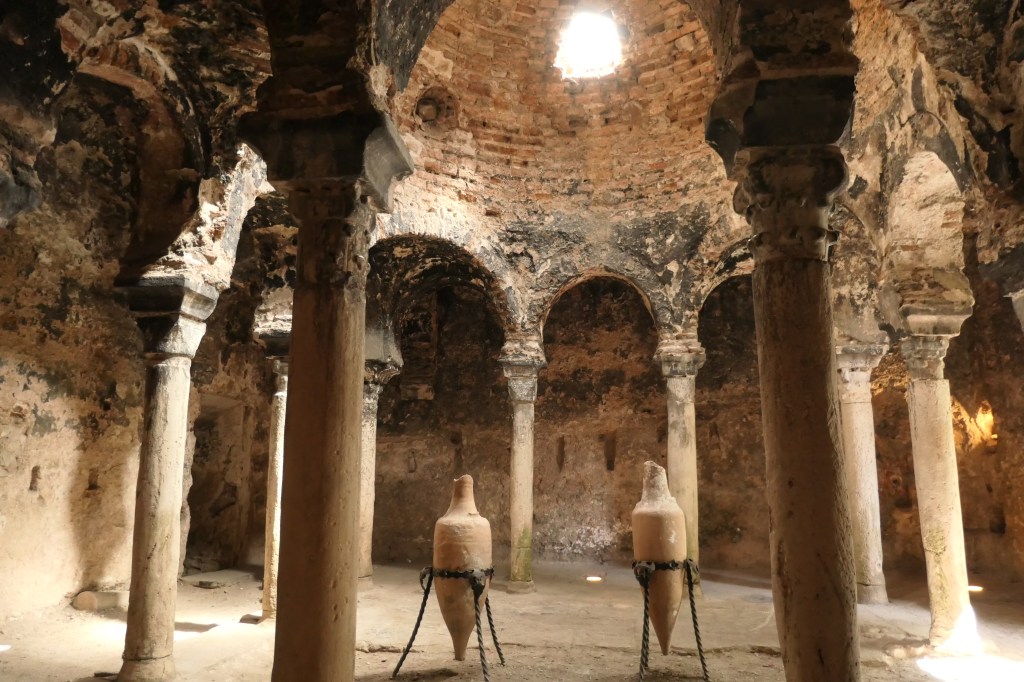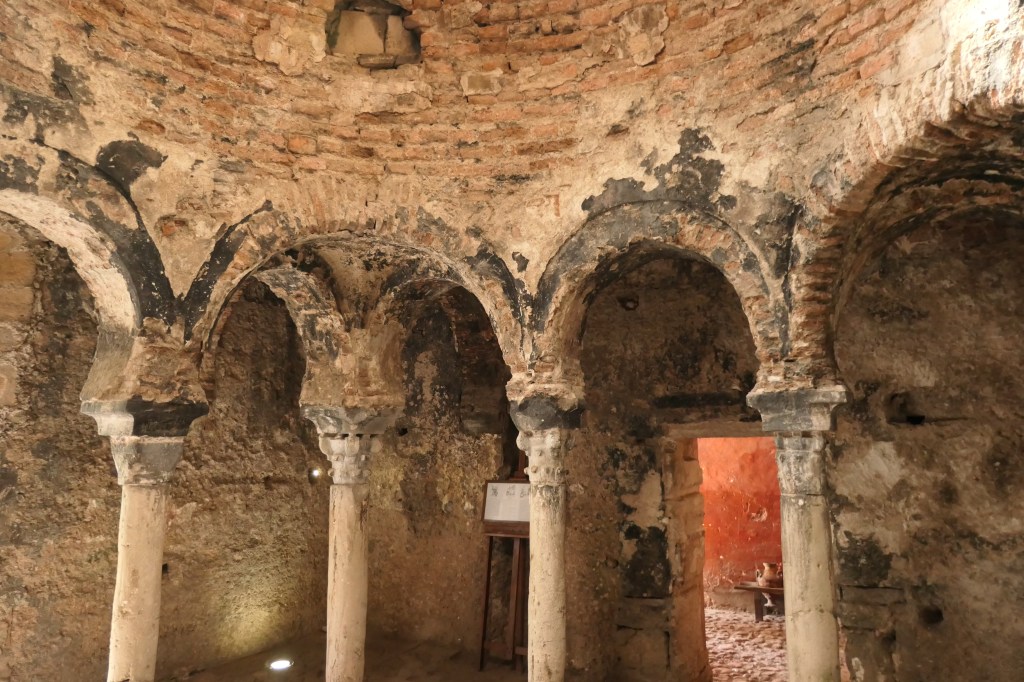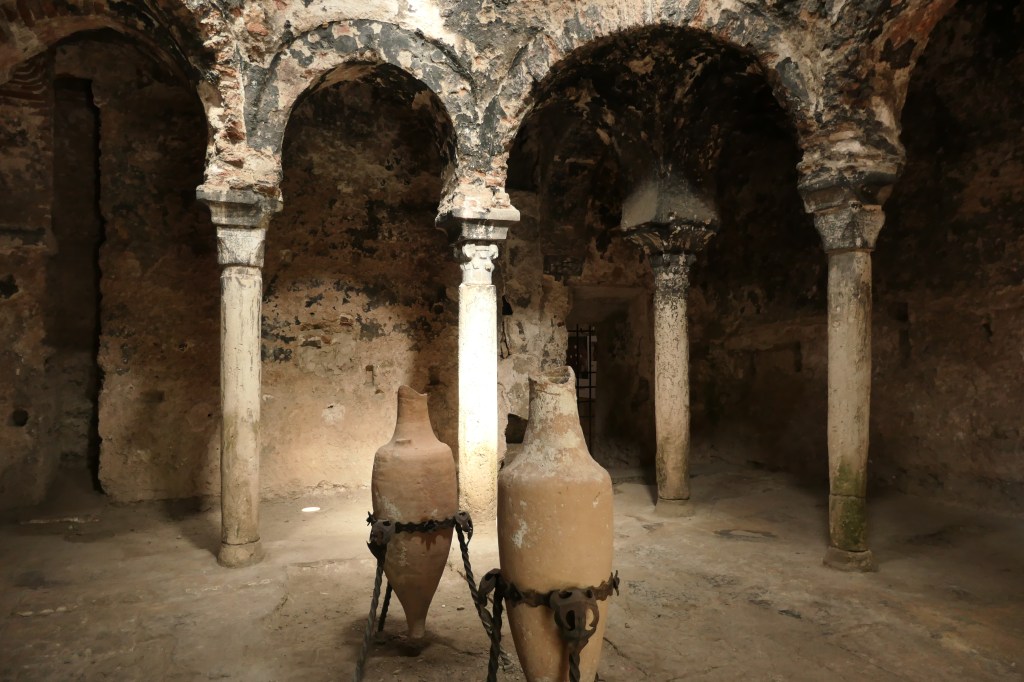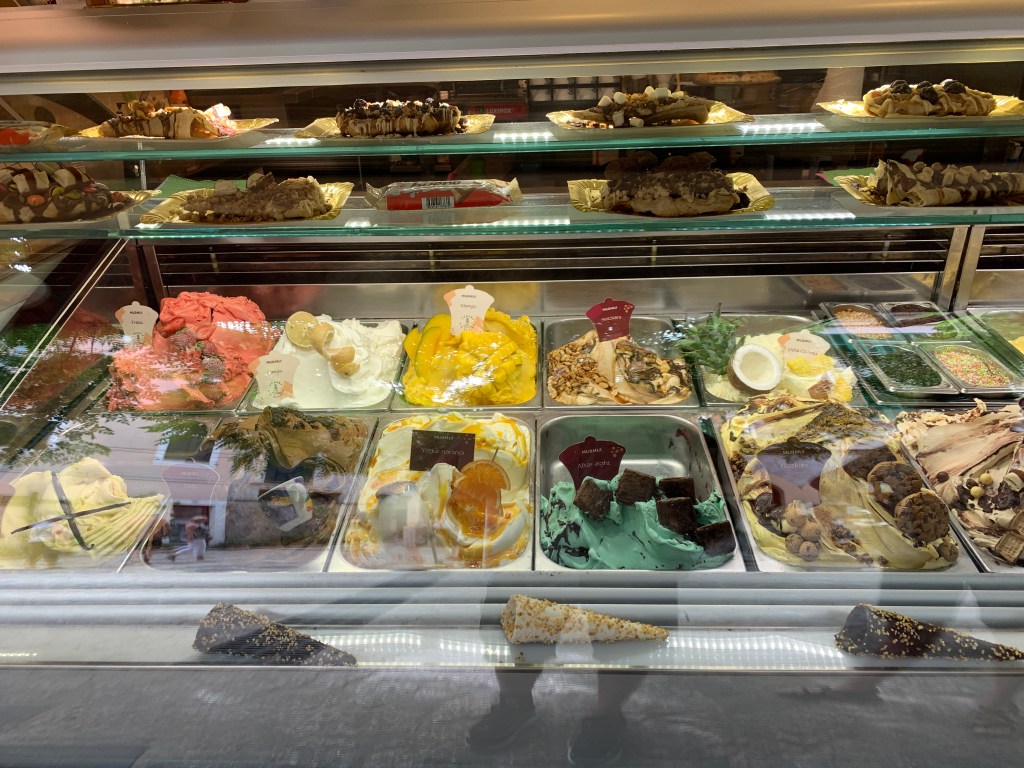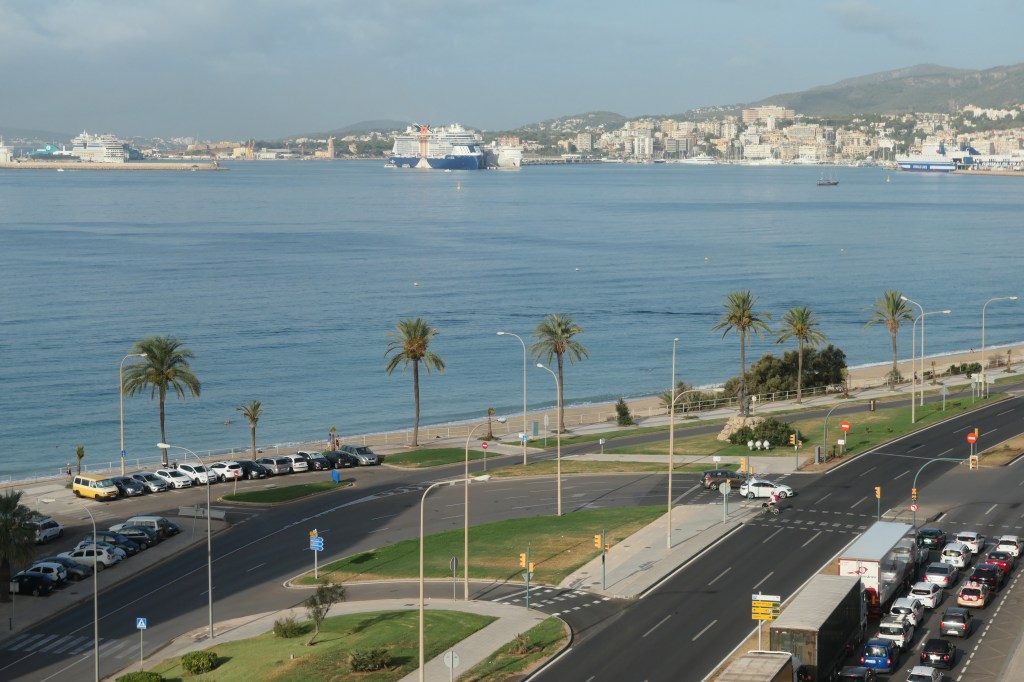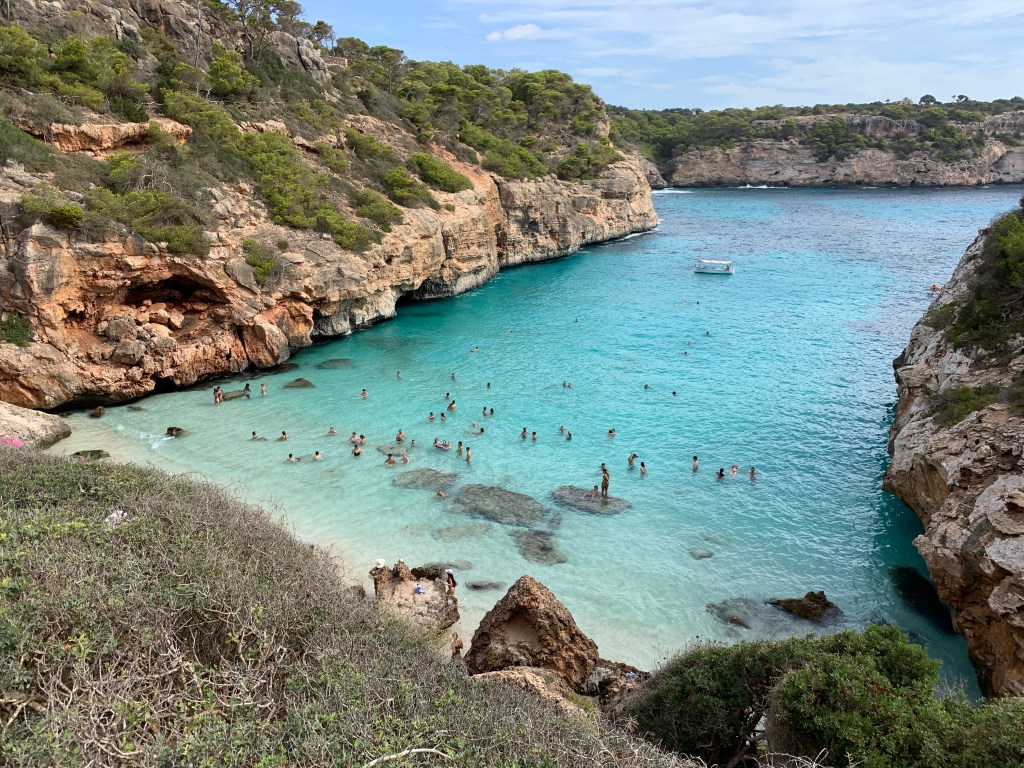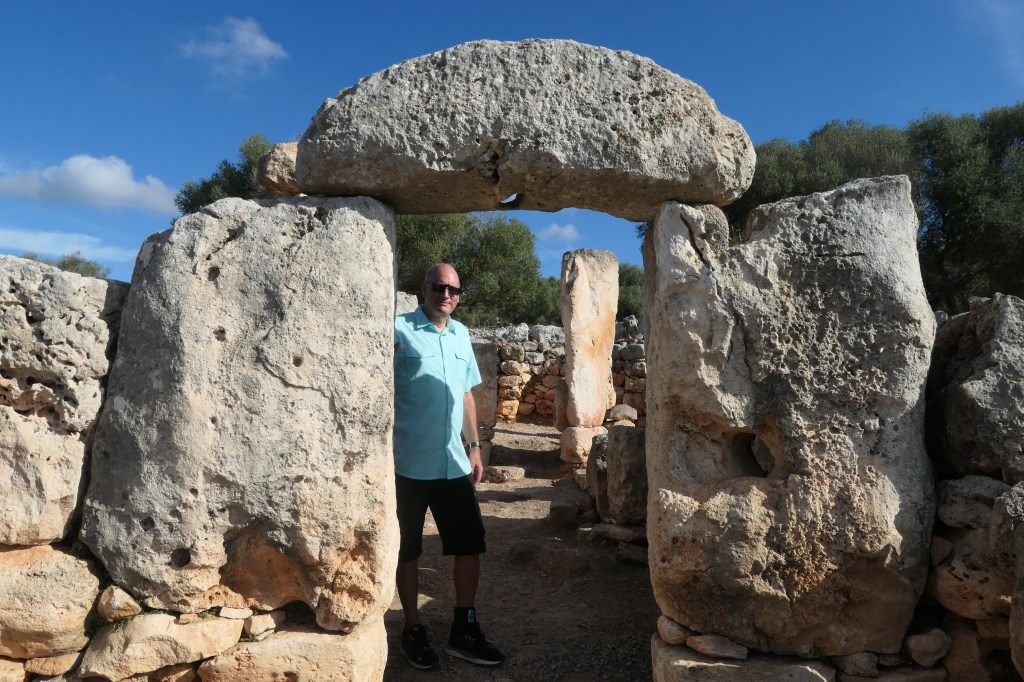After enjoying the Palma area and exploring the north/west coast of Mallorca, we moved on to our 2nd stop, Cala d’Or, a great location to explore the leeward side of Mallorca. The southeast coast is dotted with beautiful coves and beaches (I think there are over 100), many of which require a bit of a hike to get to, while others are easily accessible by car.
Alua Soul Hotel – Cala d’Or
We stayed at the Alua Soul Hotel in Cala d’Or, and we were not disappointed. The hotel property surrounds a small cove (Cala Egos, to which the public also has access) and is in a perfect location for exploring this beautiful part of Mallorca.
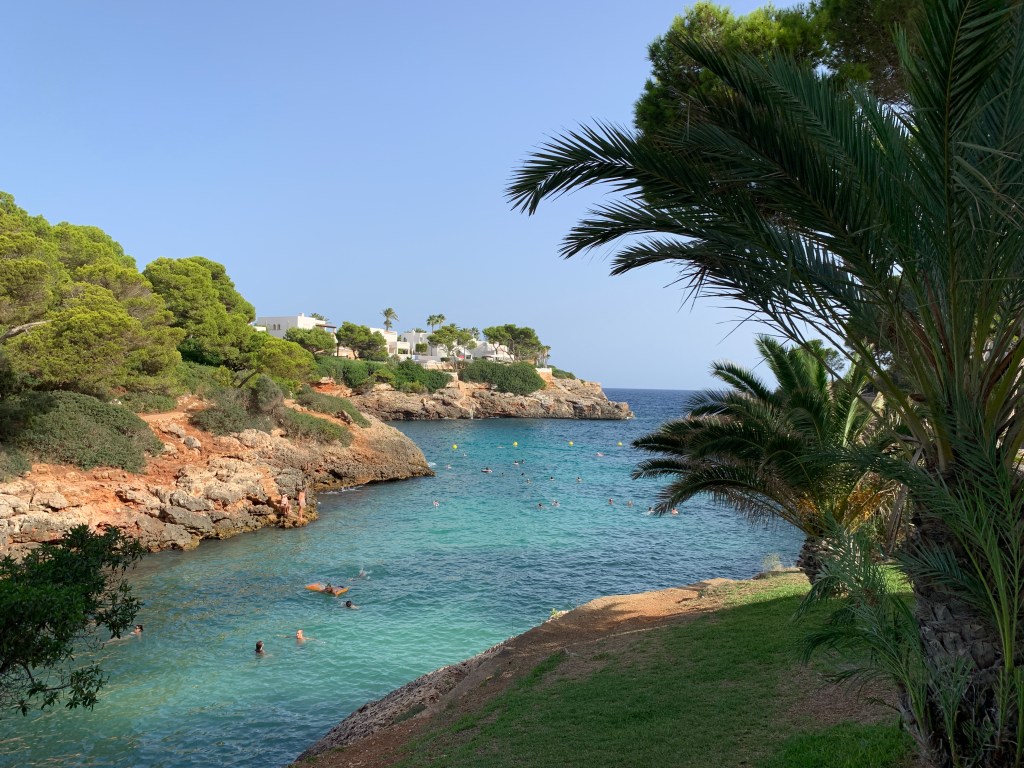

Cala d’Or is a major boat harbor and tourist hub (although it did not feel all that crowded – the hotels and condos are spread out and tucked behind the various hills and coves). If you get tired of the beach, there are lots of other things to do here, such as renting ATV’s, going on fishing or sailing expeditions and many other activities to keep you and your family or friends entertained!
Mondragó Park
Near Cala d’Or is Mondrago Park (Parc natural de Mondragó). This nature park has lots of parking (fee required), wide beaches, snack vendors and restrooms. The beaches and shallow water are great for families. There are two beach areas connected by a trail (just a 5 minute walk between the two beaches). Speaking of families, let me point out that these are “European” beaches, which means you will likely encounter some topless sunbathers, as with most beaches in Mallorca (or any Mediterranean island for that matter). However, the protocol is that everyone covers up at the snack bars, going to/from the restroom, beach, etc.


Cala des Moro
This is perhaps the most famous (and beautiful?) beach and cove on Mallorca. Arrive early (like by 8 or 9 am) to enjoy a quieter beach experience and to find parking. You walk south from the parking area off the main road through a small residential neighborhood and just keep working your way to the coastline. It’s about a 20 minute walk/hike from the parking area to the beach – be prepared for a steep descent/ascent into/out of the cove. Just follow the crowd. At the top of the cove, there was an enterprising drink/snack vendor. I will say this is one of the most scenic beaches I’ve ever seen. The water is warm and the color is about the prettiest turquoise shade possible.
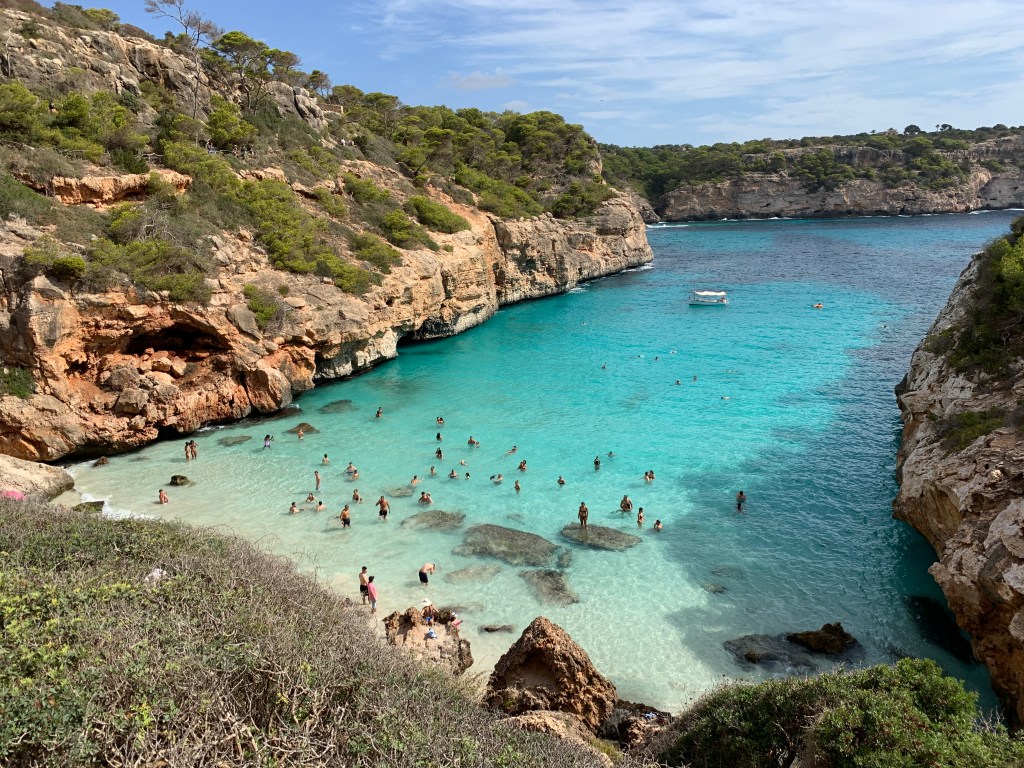

Other Beautiful Beaches
Further up the coast from Cala d’Or, the coves & beaches just keep on coming….here are two other examples that are near Porto Cristo, 28 km (17 miles) north of Cala d’Or and easily accessible by car (parking is next to the beach in both cases). Porto Cristo is the home of Cuevas del Drach (Drach Caves) which I will share more about in my next post!
Cala Anguila
Cala Mendia
No matter where you choose to stay while in Mallorca, be sure to visit the south/east coast of this beautiful island.
